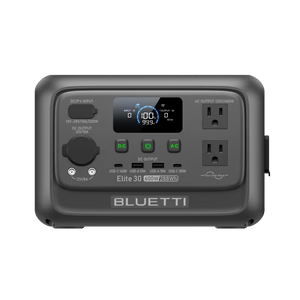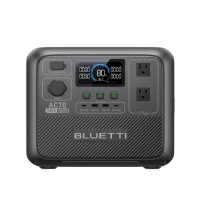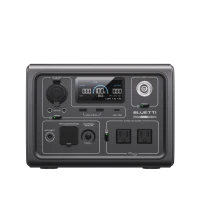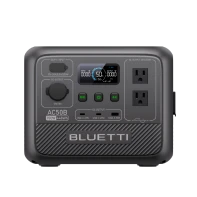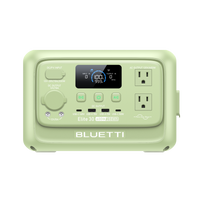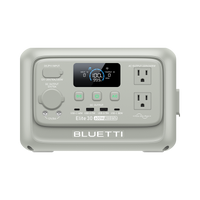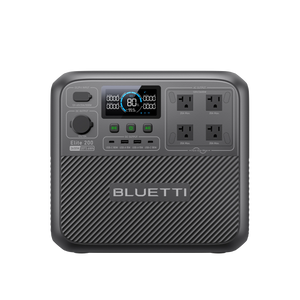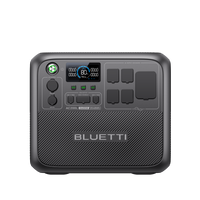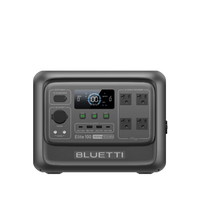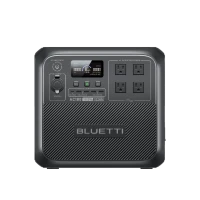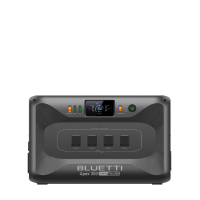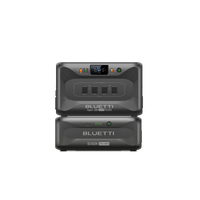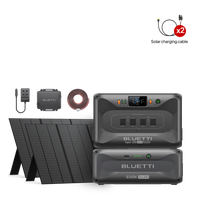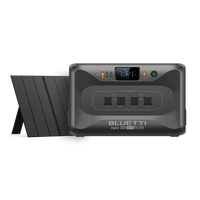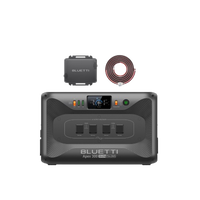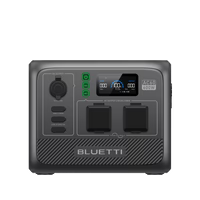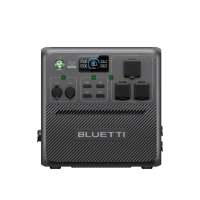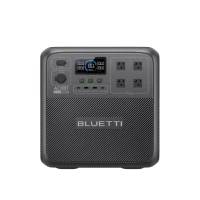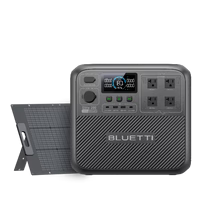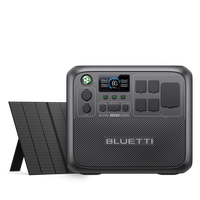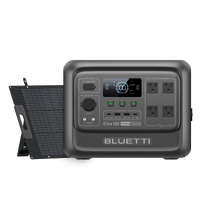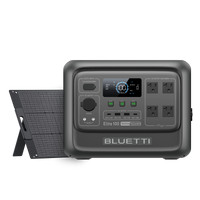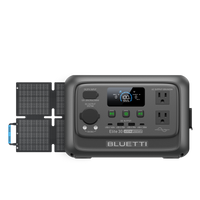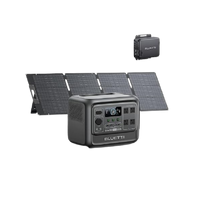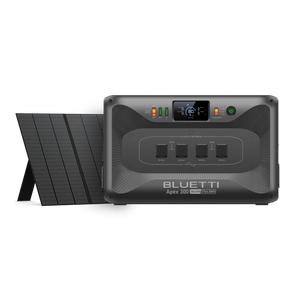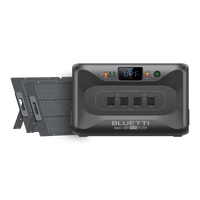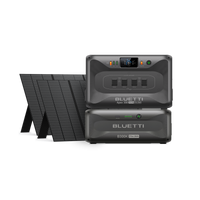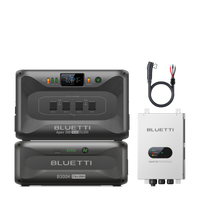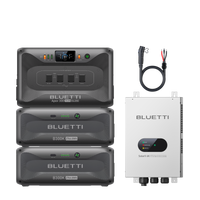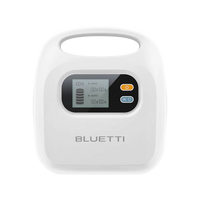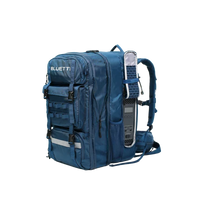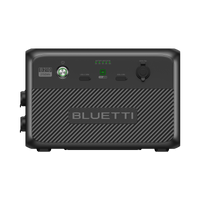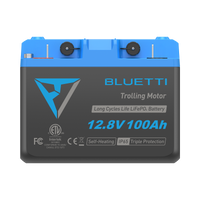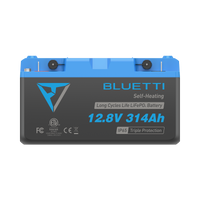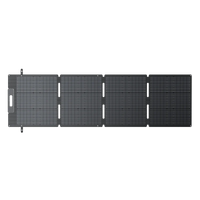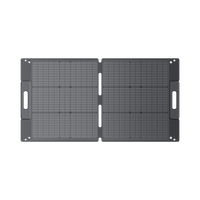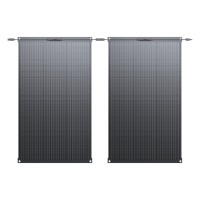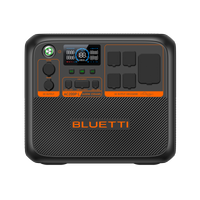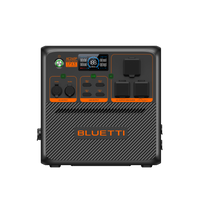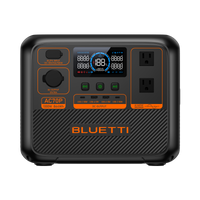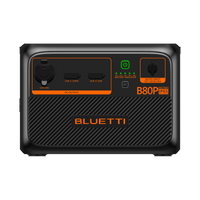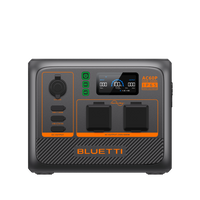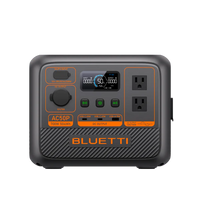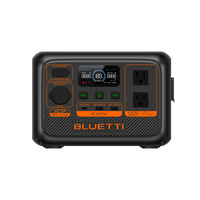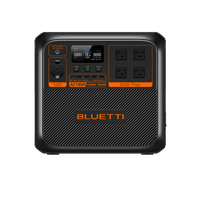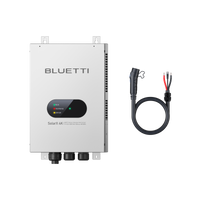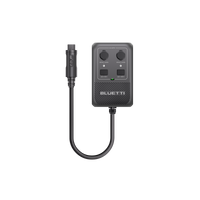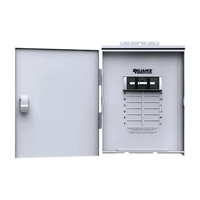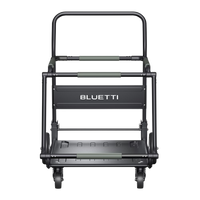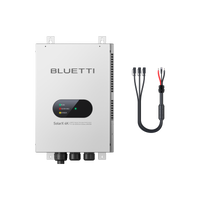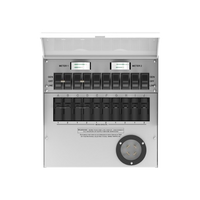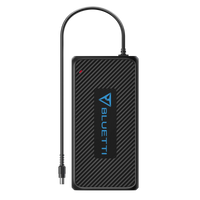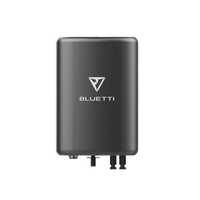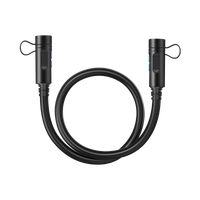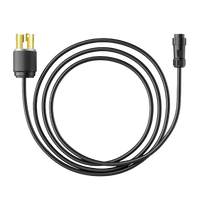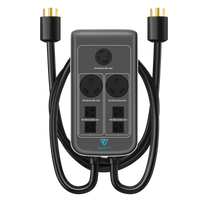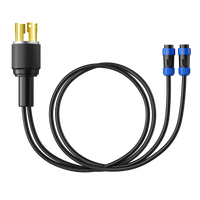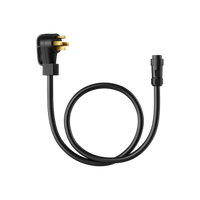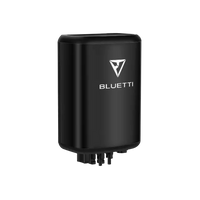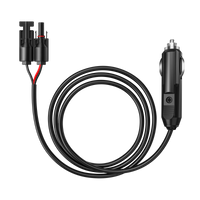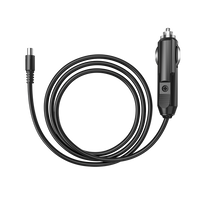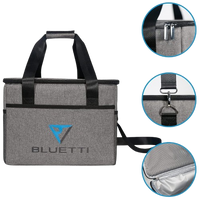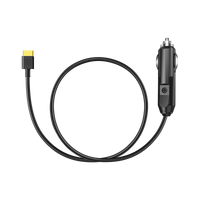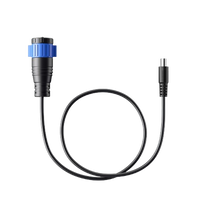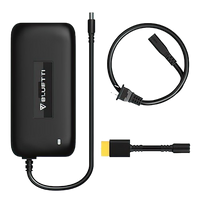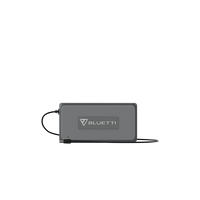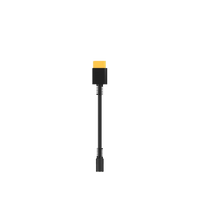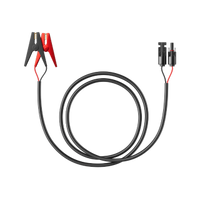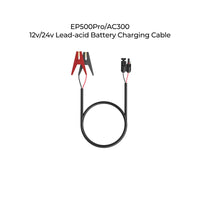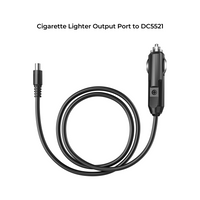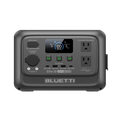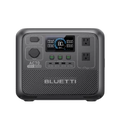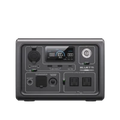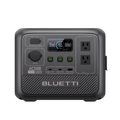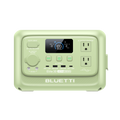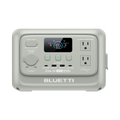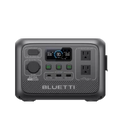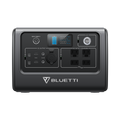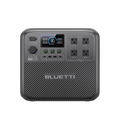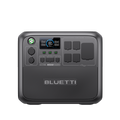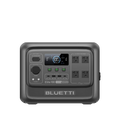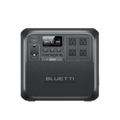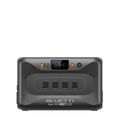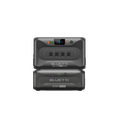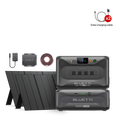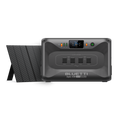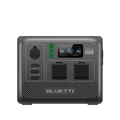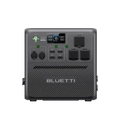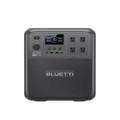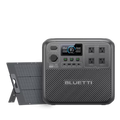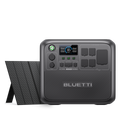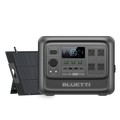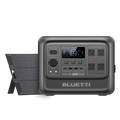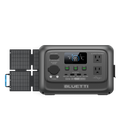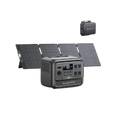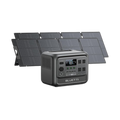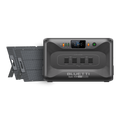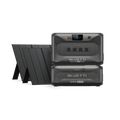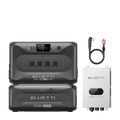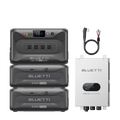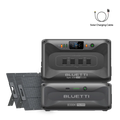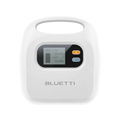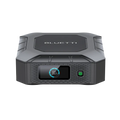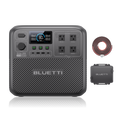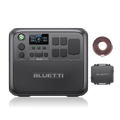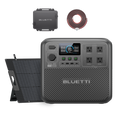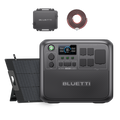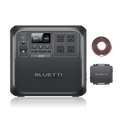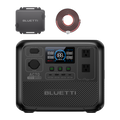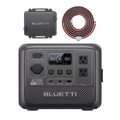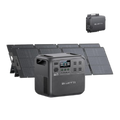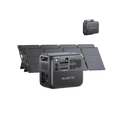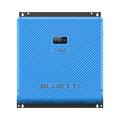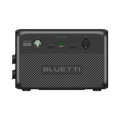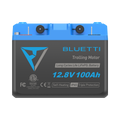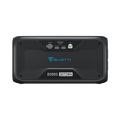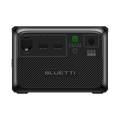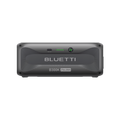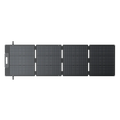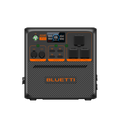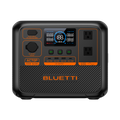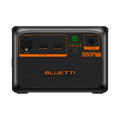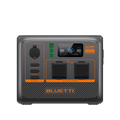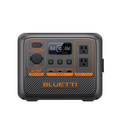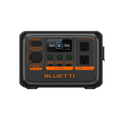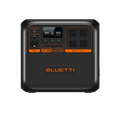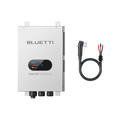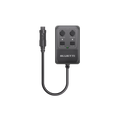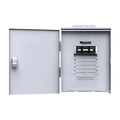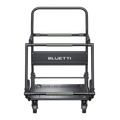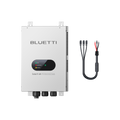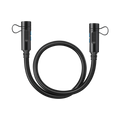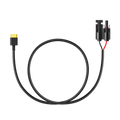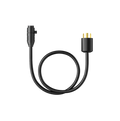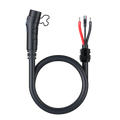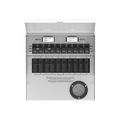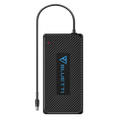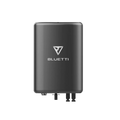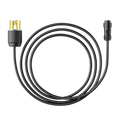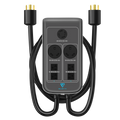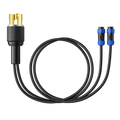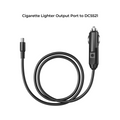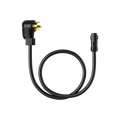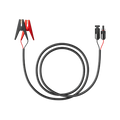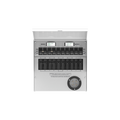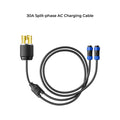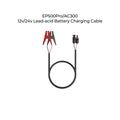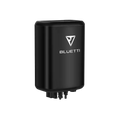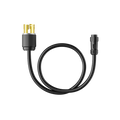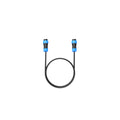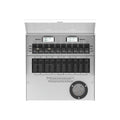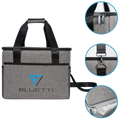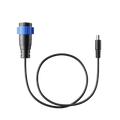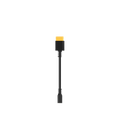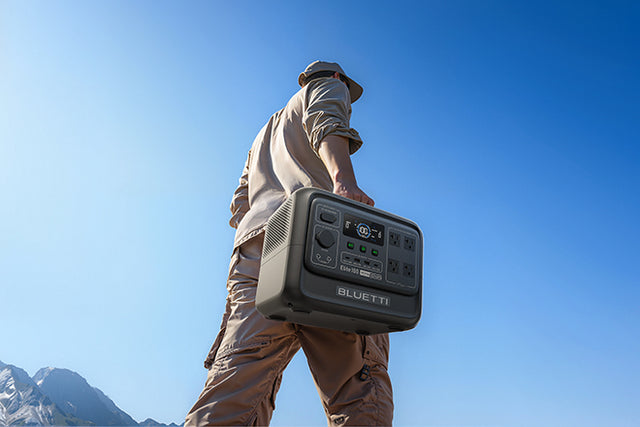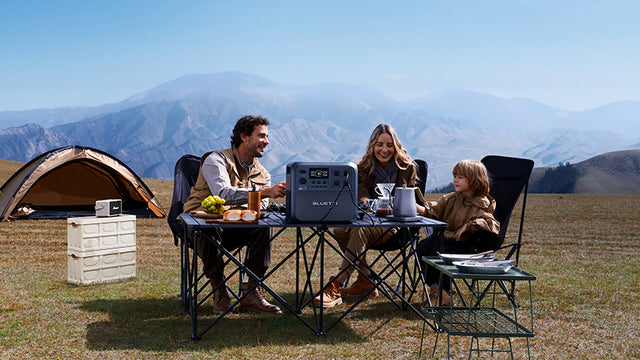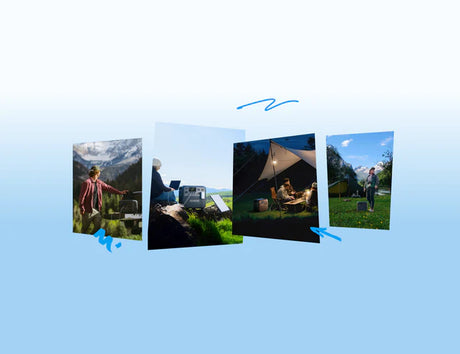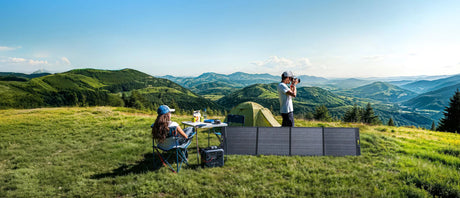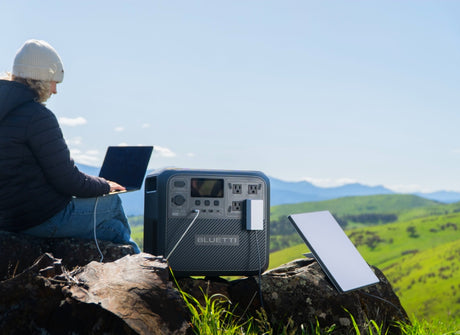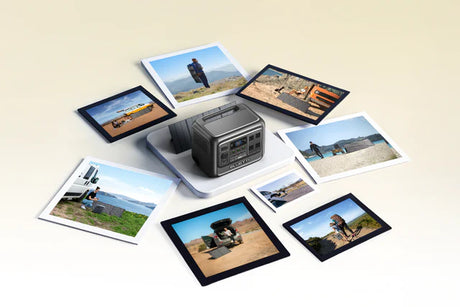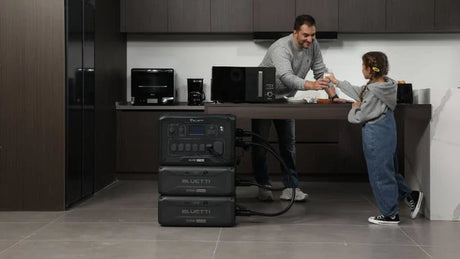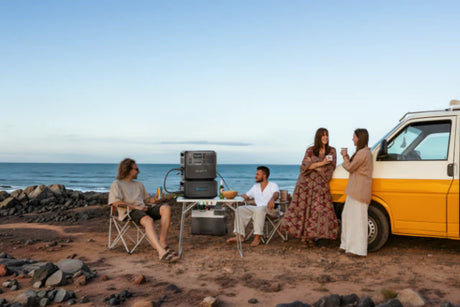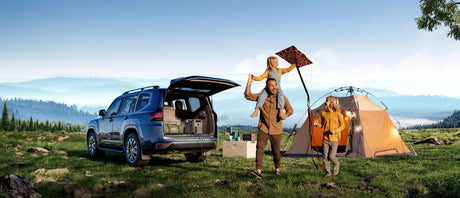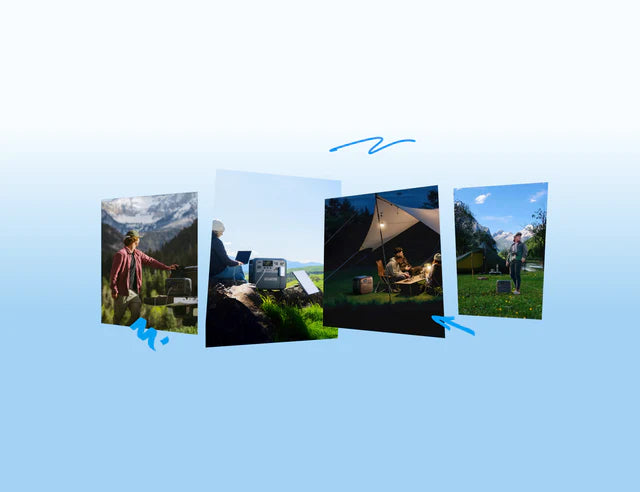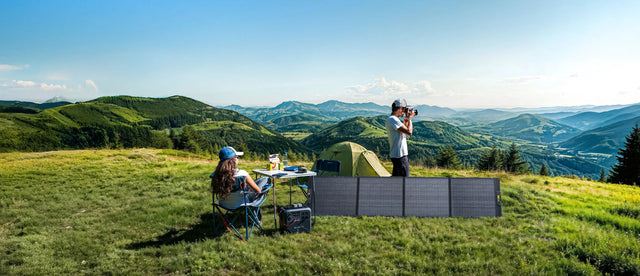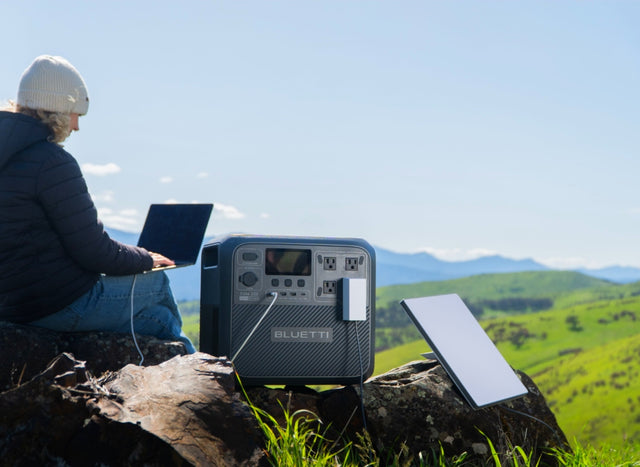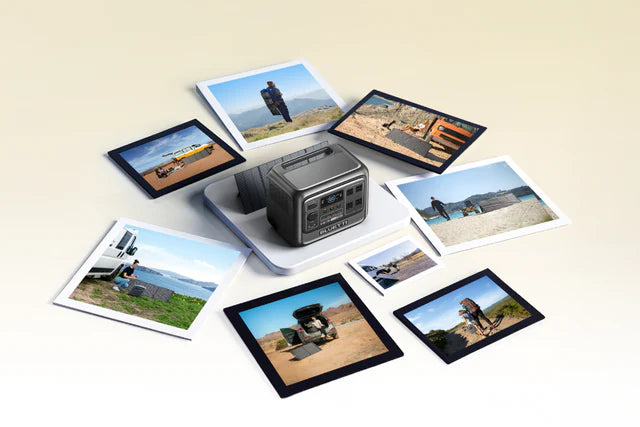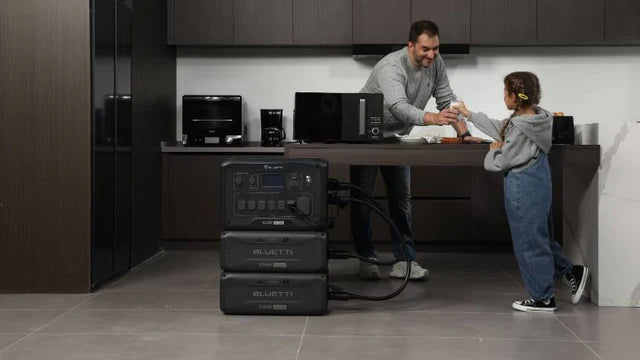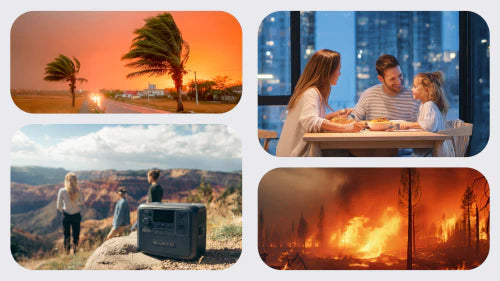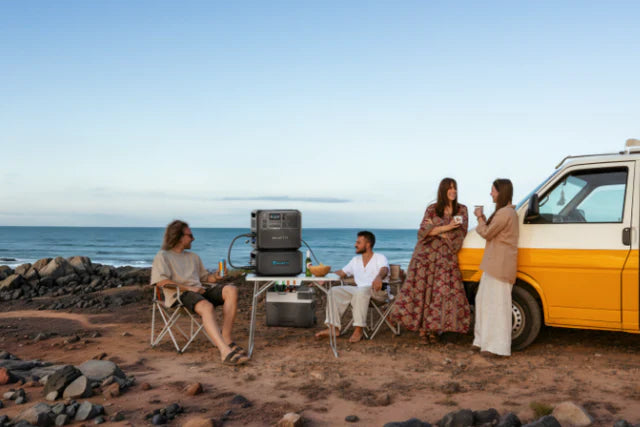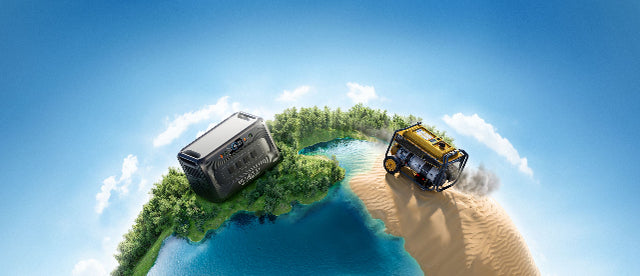Winterizing your house has a lot more meaning than the warmth inside it or the bigger cost-saving measures to be avoided; it would mean safe passages for you and your family during storms, which is expectedly untrue. Why? Because little prep tasks can grow into really big, expensive ones. Average insulation alone has been able to save heating between 10% and 20%, according to a number of audits. And that could mean hundreds saved each season, depending on the size of your property. And that money compounds over time, year after year, really. Thus, it becomes more than just a maintenance winterize-it's an investment in the future.
What Should You Do Outside the Home?
The first line of defense when the fiercest winter scourges strike: snow, ice, freezing rains, and high winds, walls and roofs take the brunt of it all.
Roofs, Gutters, and Downspouts
Up to the top. Your roof. If there is a leak, even a very little one, it would, mostly, cause trouble during heavy snow sitting on the roof for weeks. Replace missing shingle patches, patch up flashing, and get a roof inspection if it hasn't happened for years. They, too, become dirty and clogged, so melting snow doesn't back up and freeze to create ice dams, so clean. Terrible that they are also ripping roofs apart and dumping water into attics.
Outdoor Water Systems
A very silent danger is found in outdoor plumbing. Leaving garden hoses attached to outdoor faucets can cause problems because water left inside may freeze, and the resulting pressure gets forced back into the pipes within the walls. Sprinkler systems do the same if not drained. It is a bitter reminder everyone seems to have during those winter months not to forget this step: Drain, Unhook, and Cover everything with an outdoor water system like Glassifying Water Systems. It’s difficult but necessary, indeed.
Sealing and Trimming
Stroll gently along the edges of your house, especially near the foundations and lower walls. The smallest crack of openings will grant access for the cold draughts to go, then inflate heating costs, as well as make rooms uncomfortable. Close these small openings with sealant by caulking, spray foam, or weather sealant. This is a really effective way of letting warm air in and keeping pests (such as different mice or insects) outside.
While at it, cast an upward glance. Tree branches that hang on to your roof or overhead power lines can become quite dangerous when layered by gangs of heavy snow or ice. These would need a trim before the winter storms to prevent broken branches from crashing onto your property or causing loss of power. Such measures are low-cost prevention strategies that prevent thousands in possible repairs.
Eco-Twist: Vehicle Waste & Solar-Powered Gutter Heaters
Regular gutter heaters use electricity to keep their gutters ice-free to avoid blockages and dangerous icicles. This, however, can add a rather noticeable strain to the household utility bills. Solar gutter heating systems take a different approach: they harness sunlight (even on weak winter days) to power the heating strips that will melt snow and ice.
The initial investments are usually a bit higher than electric systems, but the long-term advantages include:
- Lower utility bills by using the free solar energy.
- Reduction of carbon footprint and hence better sustainability.
- Less reliance on the grid during peak winter energy demand.
For those households looking to combine eco-conscious living and cost-cutting, this is a wise upgrade, especially in areas of excellent winter sun exposure.

Exterior Prep Tools & Materials
| Task | Recommended Tools/Materials | Estimated Cost |
|---|---|---|
| Roof inspection & repairs | Ladder, sealant, replacement shingles | $50–$300 |
| Gutter cleaning | Gutter scoop, hose, gloves | $20–$50 |
| Sprinkler system drainage | Air compressor, pipe covers | $50–$150 |
| Foundation crack sealing | Caulk gun, concrete sealant | $30–$80 |
| Tree trimming | Pruning saw, pole trimmer | $40–$100 |
| Solar gutter heaters | Solar heating strips, clips | $200–$600 |
This table makes it easier to plan purchases without wandering aimlessly through a hardware store.
How Can You Make the Inside More Energy-Efficient?
Now we have fortified the outside. Is it not time that we think about the inside? Energy efficiency isn’t just a buzzword; it’s consistently proven to deliver real savings.
Insulation
Attics, with a few walls not insulated, will tease every heater and boiler out of every dime in energy consumption. More insulation might have existed with less glamour, but it's among the best things to do. The cheap fiberglass rolls stop drafts, which, in case you've walked about the house once with your toes freezing and were wondering why...well, you're beginning to get it, right?
HVAC system
Just like your car needs a tune-up, so does your heating system. Filters tend to be messed up at about three months, somewhere near the December-February region. The filter-filled box messes up your system and fetches an ever-increasing electric bill with every passing day. And if you would like to be bold, hire a pro and have the HVAC system diagnosed and inspected, which again reveals any hidden ailments. And while you're at it, get a programmable thermostat, maybe for God's sake, if you don't have one, and join the magical, sleep-snip, and energy-saving dance of lowering your thermostat for sleep or during hours full of desire to be kicking back somewhere.
Eligibility For Plumbing And Appliances
Almost every leak may not seem serious at all, and yet they waste water, and if unattended, can cause serious damage during the winter months. Even a small number of drips can start the freeze-thaw action when the temperature goes down: the water seeps into cracks, freezes up, expands, and bursts whatever pipe or fixture it has in its path. How inconvenient, simply to have it flood your house and cost you dearly!
To avert this, have that proactive assessment done before things get cold:
- Look under sinks for signs of being wet or a slow drip.
- By looking at the back of some washing machines, dishwashers, and toilets, one snippet that could be a potential hiding space is as small as that.
- Pipework would then be visible in the basement or under the shower.
So, make small repairs as they will come; usually, replacing a washer or tightening a joint will cost much less than repairing a burst pipe or damage caused by water.
Connecting With The Fun Side Of Smart Home Technology
Modern technology makes winter home care smarter and more comfortable. For instance:
- Leak detectors can go close to appliances, under sinks, or in the basement. The moment they detect water, alerts are sent to your phone, so you can step in and avert any serious damage.
- Smart thermostats practically learn your habits, turning down the heat while you're at work or sleeping, and warming the home before your return. This way, there's no wasted energy, resulting in a chunk off your heating bill.
- These gadgets really shine through when you're heading south for vacation or spending long hours away: they keep you informed and secure your home even when you're not here.
- Worthy of being called "party tricks," smart devices now proudly don the title of practical tools for convenience, savings, and mental relaxation.

Home Energy System
Just as adding insulation or upgrading heating options, a reliable backup energy source is helpful in winter preparedness. Power cuts can be irksome at best-and really dangerous at worst- in the Canadian winters. That is where a battery backup for a whole house makes for a smart investment.
The first option is the BLUETTI Apex 300, which is a powerful backup system to keep essential circuits and appliances running during power outages. The B300K extension battery makes it a pooled storage option to cover longer emergencies or to support larger homes. In addition, with the installation of an AT1 transfer switch to facilitate a smooth transfer, the system automatically powers your home upon grid failure.
Keeping Your Home Safe While Heating
Winter, first and foremost, is about keeping safe, cozy warmth, hot chocolate, or bean bags on couches while being cradled by the fireplace. But it is also about all kinds of inquisitiveness about life and health issues, especially considering immediate threats such as storms and power outages, which may come along with accidents and so much heat.
Detectors and Extinguishers
Really, no ifs, ands, or buts-every home should have smoke alarms and carbon monoxide detectors that work.
This has to be checked, batteries changed, and all extinguishers be inspected for accessibility (thrown into the back of the garage). This is when those extra heaters bring a peak in house fires from all that dry air, an extra heating element, and electrical systems blowing circuits.
Weatherproofing Drafts
Hurrah! Every single draft you seal truly makes your home a warmer and safer place. Drafts can come through doors, have leakage from windows, or even, in very odd situations, from electrical outlets. Inexpensive solutions like foam gaskets and weather stripping provide some quantum of relief.
Stocking-Up
Winter can be a test of stamina. So sort and stack your storm supplies and check out your stocks on batteries, flashlights, blankets, first-aid kits, and those kinds of foods that do not require cooking. Some of the necessary musts are insulated gloves and clothing to keep off the snow and cold.
Circuits blown trying to make more heaters work. Yes, I know it sounds rather innocent; just get a couple of heaters plugged in. But the fire potential is really there.
If you feel a need, then you should definitely try to put most heaters into separate circuits or refrain from using space heaters on such odd, rare occasions, and invest the leftover bulk of energy into insulation.
How Much Should You Set Aside For Improvements In Winter?
Winterize your home without flattening, but make budgets somewhat smart. The costs to be incurred will again depend on the size of the house, its age, and how horrible the climate around you is. Some hacks are very fast and cheap, while others are big investments intended to make life and efficiency better for many years.
The table below is a basic table of some of the most common winterization upgrades and their price ranges, with a few product examples to help you plan.
| Upgrade / Product | Typical Budget Range |
| Insulation (attic/roof) | $1,500 – $3,000 |
| Draft proofing/sealing | $300 – $700 |
| Window upgrades (double glazing) | $500 – $1,000 per window |
| Heating system/boiler | $3,000 – $6,000 |
| Fireplace/wood stove | $2,000 – $5,000 |
| Roof repairs/replacement | $3,000 – $7,000 |
| Smart thermostat/controls | $400 – $800 |
| Thermal drapes/blinds | $200 – $500 per window |
| Bkeutti Apex300 | $499 (example retail) |
| Eltite 100v2 | $699 (example retail) |
What Else Upgrade do You Need For Winters
There are now a few extra variables to be considered regarding the house itself and the region in which it sits. The budget for such renovations is one thing. The actual works readjust themselves according to the area of residence and the construction of the house itself. The climate, weather conditions typically associated with the area where the house stands, and even the materials used for its construction, weigh heavily in determining what is considered to give good value for money in terms of further improvements.
The following few points are some of the fundamental regional- and home-related considerations to keep in mind before delving into the specifics of the upgrades.
Severe Cold & Snow Loads
With the Canadian winter coming with an almost infinite stretch of sub-zero temperatures with heavy snow, roofs should be engineered to allow gutting of snow/ice (guttering, heating cables), and heating for those systems that were promised to work on capacity.
Insulation Standards
Insulation for walls, roofs, and the floor should be appropriately done (with R-value complying with the provincial code) since good insulation saves on heating costs and prevents the freezing of pipes.
Power Backup Plans
- BLUETTI Elite 100 V2: The BLUETTI Elite 100 V2 is really lightweight and compact, but can deliver very high output for all active outdoor users who seek mobility along with reliability. It has a capacity of 1,024Wh that can reach 1,800W output.
- BLUETTI Apex 300: On the far side, BLUETTI Apex 300 offers a totally integrated, smart energy ecosystem completed for the North American market. This capacity could scale up to 58kWh and 11.52kW when several units with battery packs built into their base configuration are combined, giving 2,764.8Wh kWh of capacity, matched to 3,840W output.
Regional Climate Requirements
Prairies (Alberta, Saskatchewan, and Manitoba): Exceptionally cold with dry air, while developing airtight sealing is of utmost importance.
Ontario/Quebec: Very cold winter with a good amount of humidity; insulation and moisture control are most necessary.
Coast of BC: Somewhat moist, thus waterproofing and mold-resistance become necessary.
North Canada: Extremely cold; proper insulation to sustain wood or pellet stoves.
Energy Costs and Utilities
Heating work anywhere in the country might still be shut down in the back-stages of winter, concerning consumers' placements of their utility use. An oil, gas, or electric furnace-in-deeds converting energy wastes, which just went over in some ancient years-long system. Smart thermostats will ensure that these systems get utilized in optimum for heating only when and where it's needed.
Emergency Preparedness
A full-geared-out winter storm could easily leave power-down for a few hours or days. The furnace/heater could not work without electricity, and the house might just be freezing. Generators and stoves are a scanty source of heat. Add insulation: it keeps the warmth inside the house far longer during an outage while seated there safe and sound waiting for power to come back.
Moisture and Ventilation
No fresh air may be able to enter the house, and if the house is, therefore, over-sealed, it might keep too much humidity. Moisture is the enemy of the house and health, along with condensation on windows and damp walls, creating a habitat for mold. The Heat Recovery Ventilation (HRV) system sends stale air outside at the same time as bringing fresh air in from outdoors with the use of harvested heat from air going out, thus keeping you warm, comfortable, and healthy without wasting energy.
FAQs
Is there not likely another way of doing something from climate to climate?
Insulation in cold climes has to be put on the pipes; others might gain a lot from having storm shutters put up or stronger roofs if they live in coastal or storm regions.
What Project is DIY, and for what do I need to hire a professional?
Heavy insulation, roofing, or anything electrical should wait for expert hands to guarantee safe and durable work.
What might one expect in long-run costs?
Basically, small DIY works such as sealing drafts could cost anywhere from $200-$500, while major works such as insulation or new windows could run into thousands.
Are there grants or incentives to lower costs?
Mostly, the federal government and states also give budget programs for energy-efficient improvements that might further offset some of the costs involved with those.

Wrapping it All Up
Winterization is not only a matter of comfort. It's a very strategic cost reduction, asset protection, and family safety. Postponement comes to mind: "I'll get to it next weekend," but the first snowstorm will not wait for you.
